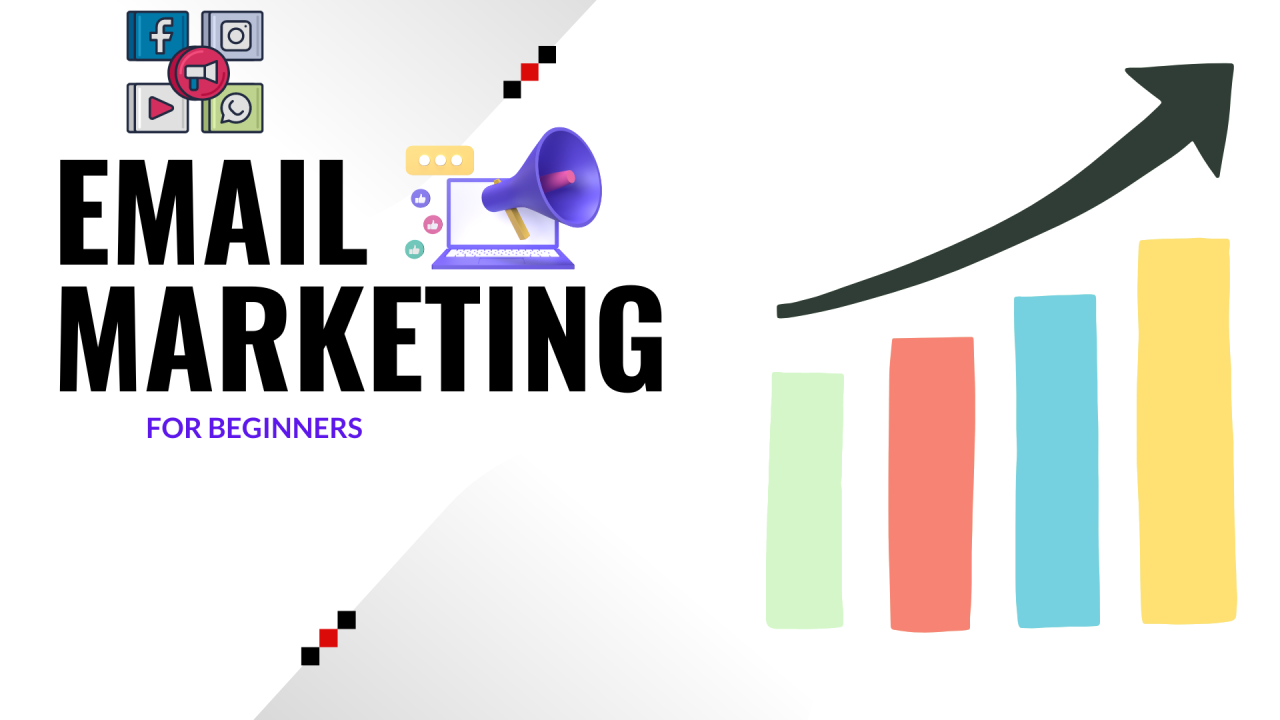Introduction
In the digital realm, where attention spans are fleeting and inboxes are flooded, the subject line of an email holds immense power. It’s the gateway to your message, the make-or-break factor in whether your email gets opened or ignored. Understanding how to optimize email subject lines is crucial for any marketer looking to maximize engagement and drive results. In this comprehensive guide, we’ll delve into the art and science of crafting irresistible subject lines that compel recipients to click open.
Understanding the Role of Subject Lines
Subject lines serve as the first impression of your email. They wield the power to entice, intrigue, or repel recipients. Their primary role is to grab attention and entice the recipient to open the email. Research shows that 47% of recipients decide whether to open an email based on the subject line alone, highlighting its significance in email marketing success.
Know Your Audience
Personalization is paramount in email marketing, and it starts with understanding your audience. Segmenting your email list based on demographics, preferences, or past behavior allows you to tailor subject lines to resonate with specific segments. Leverage customer data to incorporate personalized elements such as first names or past purchase history, making recipients feel valued and understood.
Clarity and Relevance
Clarity and relevance are the cornerstones of effective subject lines. A subject line should clearly convey the email’s content or offer while being relevant to the recipient’s interests or needs. Avoid misleading or clickbait subject lines that promise one thing but deliver another, as they erode trust and credibility.
Crafting Compelling Subject Lines
Crafting a compelling subject line requires a delicate balance of creativity and strategy. Use actionable language that prompts recipients to take immediate action, whether it’s opening the email, making a purchase, or signing up for an event. Create urgency or curiosity by instilling a sense of FOMO (fear of missing out) or teasing intriguing content that leaves recipients wanting more. Incorporate emotional appeal by tapping into recipients’ desires, aspirations, or pain points, eliciting an emotional response that compels them to engage.
Length and Formatting
The optimal length of a subject line is a subject of debate among marketers. While there’s no one-size-fits-all answer, studies suggest that shorter subject lines (under 50 characters) tend to perform better in terms of open rates. However, the length should not come at the expense of clarity or relevance. Additionally, avoid spam triggers such as excessive punctuation or all caps, which can land your email in the dreaded spam folder. Optimize subject lines for mobile devices by keeping them concise and avoiding long-winded phrases that get cut off on smaller screens.
A/B Testing Subject Lines
A/B testing, also known as split testing, is a powerful tool for optimizing subject lines. It involves sending two or more variations of a subject line to different segments of your audience and measuring their performance to determine the most effective option. Key metrics to measure include open rates, click-through rates, and conversion rates. By systematically testing different elements such as wording, length, or tone, you can glean valuable insights into what resonates best with your audience and refine your subject line strategy accordingly.
Analyzing Performance
Analyzing the performance of your subject lines is essential for ongoing optimization. Track key metrics such as open rates, click-through rates, and conversion rates to gauge the effectiveness of your subject lines. Pay attention to trends and patterns, identifying which subject lines yield the highest engagement and which fall flat. Learn from successful subject lines by dissecting what made them effective and apply those insights to future campaigns. Be prepared to iterate and evolve your approach based on data-driven insights, continually refining your subject line strategy for maximum impact.
Tools and Resources
Numerous tools and resources are available to assist in subject line optimization. Email marketing platforms such as Mailchimp, Constant Contact, or HubSpot offer built-in features for A/B testing subject lines and analyzing performance metrics. External tools like Litmus or Sendinblue provide advanced analytics and insights to inform your subject line strategy further. Case studies or examples of successful subject lines can serve as inspiration and guidance for crafting your own compelling subject lines.
Conclusion
Mastering email marketing subject line optimization is a journey of continuous learning and refinement. By understanding the role of subject lines, knowing your audience, crafting compelling copy, and leveraging data-driven insights, you can create subject lines that cut through the noise and compel recipients to open your emails. With the right mix of creativity, strategy, and analysis, you can unlock the full potential of your email marketing campaigns and drive meaningful results for your business.
